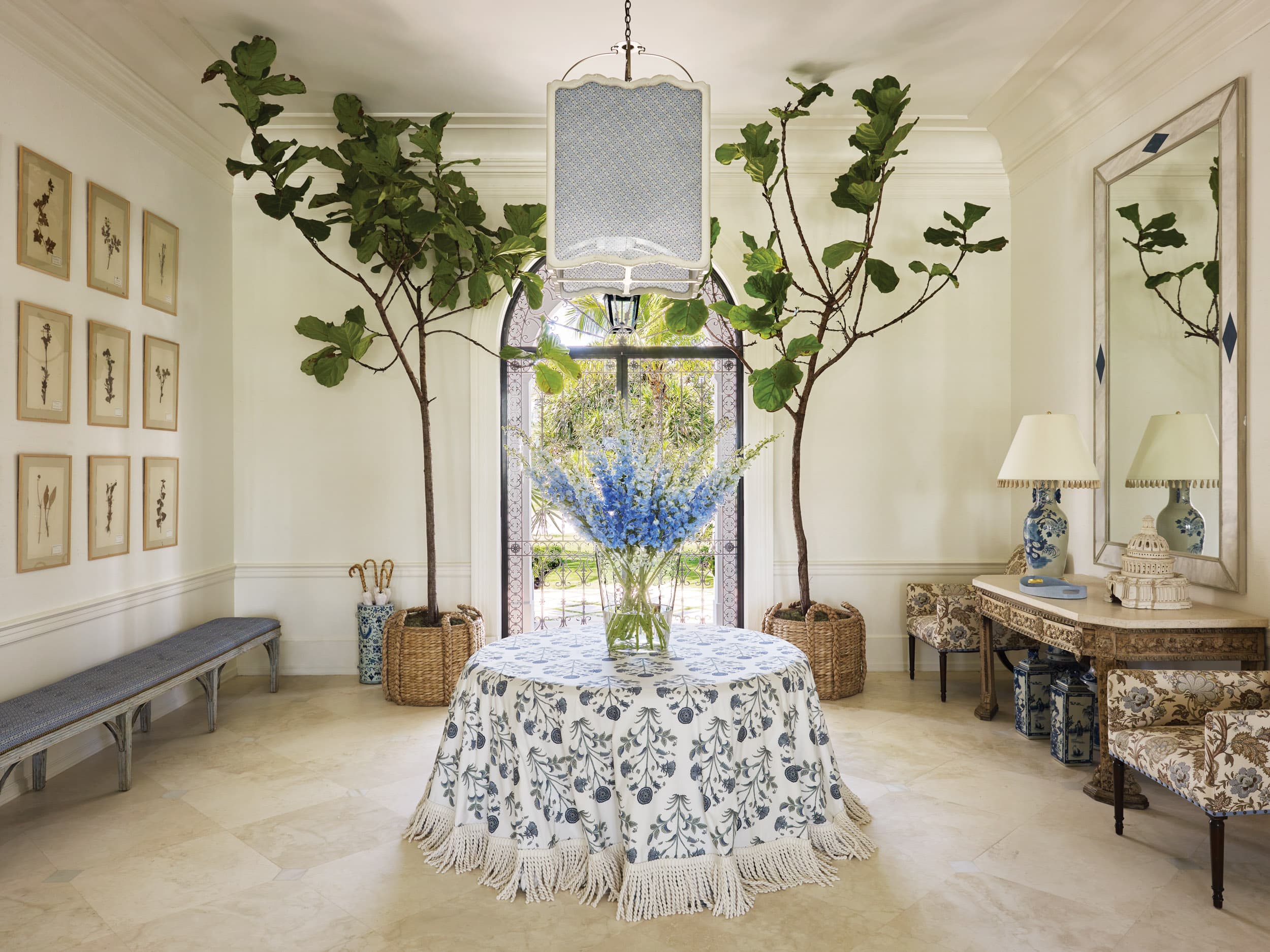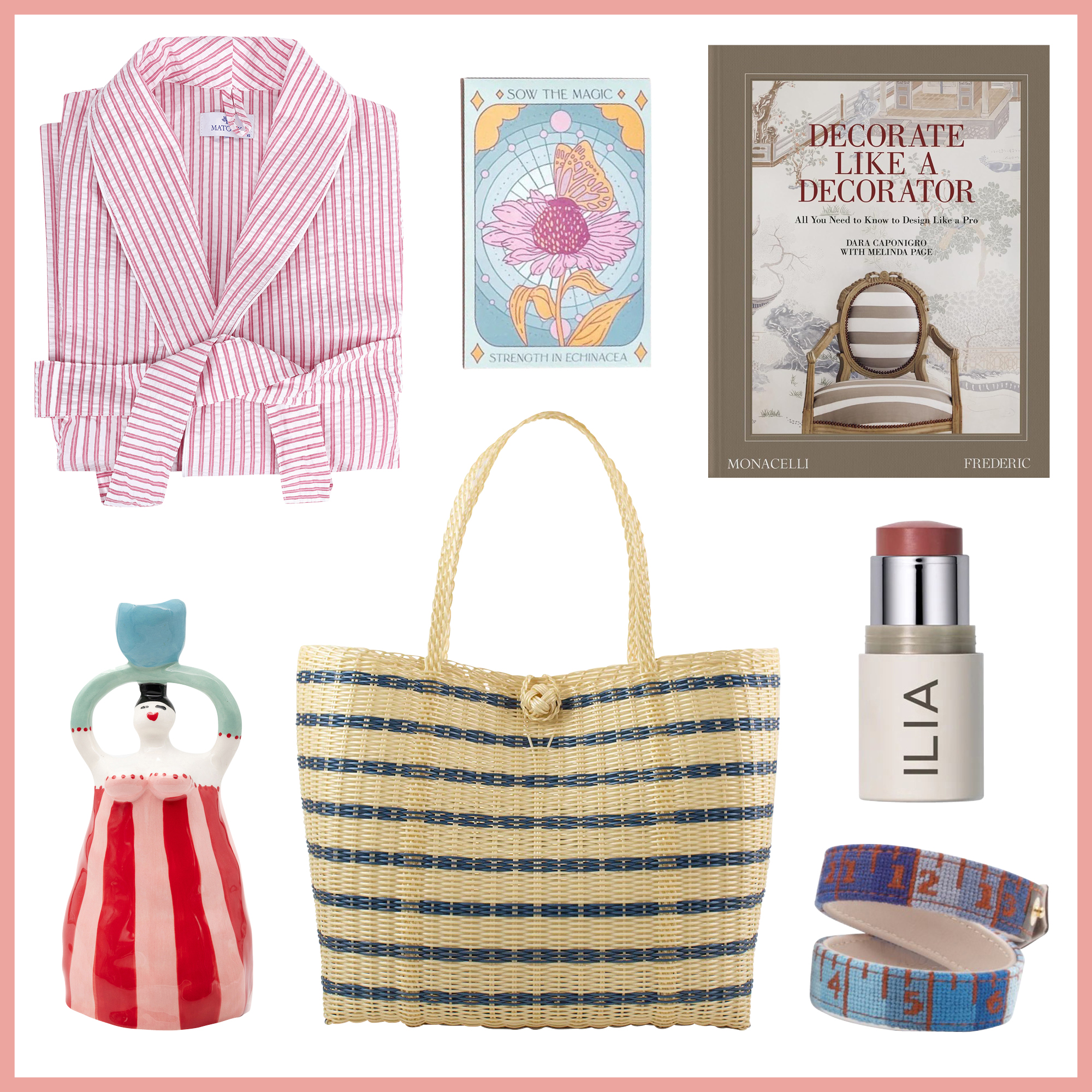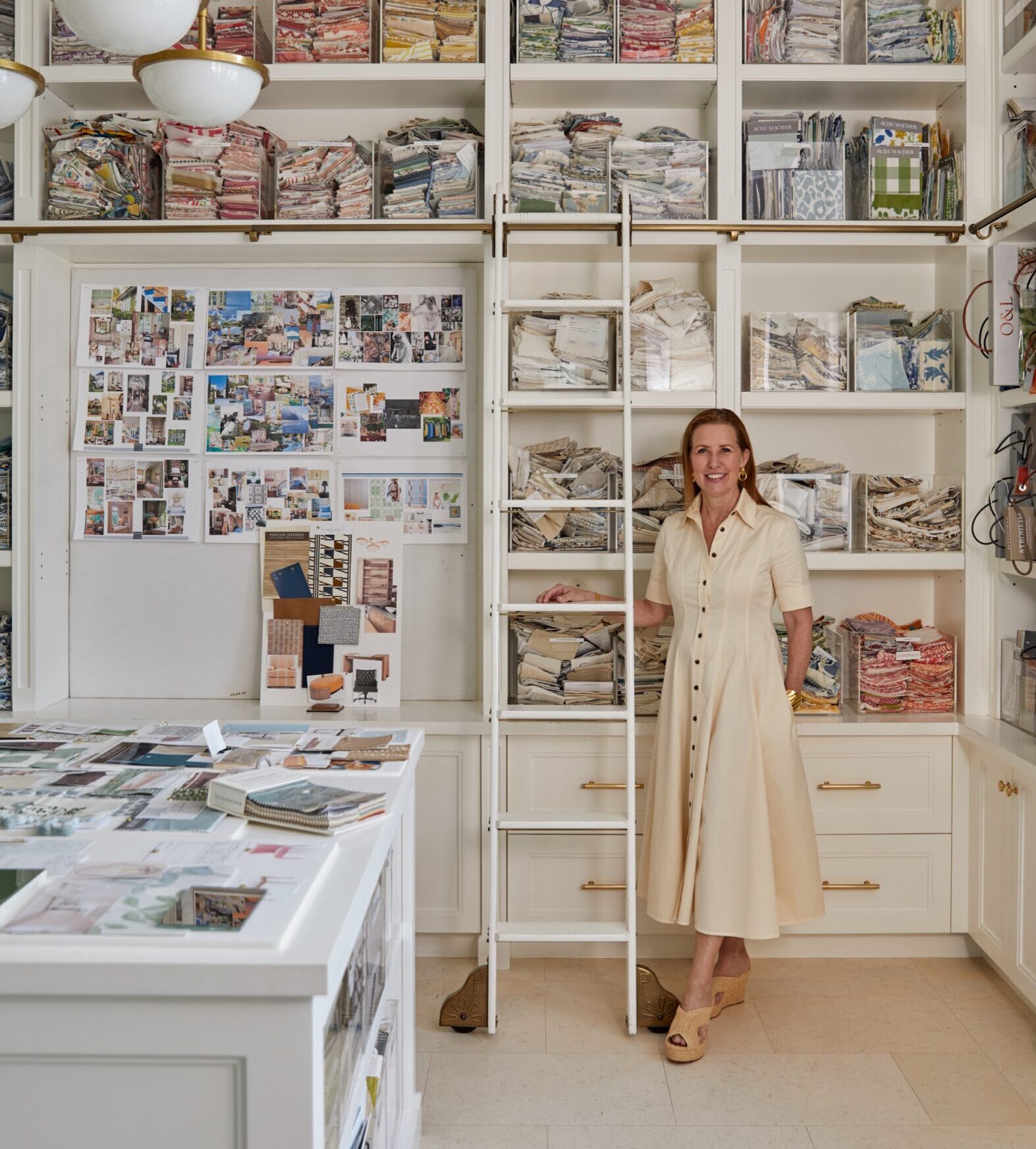
In the exceedingly discerning world of top shelter magazines, Carolyn Englefield has long been a go-to pro for capturing the magic of a space and translating it onto the page. The venerable interiors editor, producer and stylist extraordinaire just has a knack for making a room look effortlessly good. “I’ve always thought of myself as a storyteller,” says the New York City-based Englefield. “My job is to create a narrative that reveals the spirit and soul of a place and the people who designed it and live there.”

While Englefield still produces shoots for the nation’s leading interiors titles, she’s also expanded the scope of her work in recent years, advising and collaborating with designers to create content for a wide range of media, from magazines and books to all manner of digital platforms. With all the changes in the publishing world, Englefield understands that it’s more important than ever for designers to take the lead in making their own content, and she is uniquely suited to help them excel at this.
Honed from decades of experience, her highly trained eye is in demand. And while she makes it all look easy, behind the scenes it’s immediately clear how meticulous and exacting the job is. Englefield analyzes every detail so that the visuals come together in a distinctly beautiful way. “I take the story of a space, I absorb it and understand it, and then I refine it, enhance it and give it dimension,” she says.
Englefield preps for each shoot ahead of time with the photographer, using scouting images and other visual references to sketch out the basic strategy. “Once we decide on what will be our first three major shots and their primary angles, then the rest of the vignettes and details fall into place,” she says. On set, under her artistic direction, Englefield and the visual team will further polish what’s in front of the lens.
Here, Englefield shares her deep insider knowledge about how to make a room both supremely stylish and camera-ready—no redecorating required.
Make it Feel Personal
“In my visual narratives, I always try to highlight what the homeowner enjoys or is passionate about, and how that is conveyed in their home, by showing how they live, and entertain, what they like to buy, read, collect. In Duane Hampton’s New York City apartment, for example, many of the books and objets were chosen by her husband, the late renowned designer Mark Hampton, so it was crucial to bring those forward.”

Engage the Eye
“Albert Hadley always talked about the importance of the landscape of a room to keep it visually stimulating, so I try to keep that in mind when looking at a space. If all the furniture is on the same plane, all in pairs and perfectly symmetrical, the room can feel flat. If I’m up against this, I’ll often tweak things by suggesting we bring in a potted tree or artwork or lamps that change the scale and horizon line to add a third dimension.”
Embrace the Art of Rearranging

“Don’t be afraid to shake things up. Move around chairs, pillows, books to loosen up a room. I did this while shooting the upstate New York country house of interior designer and style editor Elizabeth Mayhew for The Bulletin [read the full feature HERE]. Mayhew is a big entertainer, and had multiple tables in her dining room from a dinner party she had hosted the night before the shoot. But if we’d kept all three tables in the shot, we would have lost the focus of the story I wanted to tell—too many chairs, too many dishes. Instead, we picked one table and set it with a tablecloth made from Schumacher’s stunning Le Castellet fabric, which complemented the size and scale of the room. It worked beautifully. Most often I just intuit that something needs to be adjusted, and I’ll make a change as simple as swapping the chairs in the kitchen with the ones in the dining room, and that ups the ante. Taking risks by removing or adding a component of greater scale always makes a room feel more interesting and compelling.”

Flowers are Everything
“Flowers add a natural touch that makes a room come alive. They should be in-season—as if they were just cut from the garden—and they shouldn’t dominate a room but rather complement it and enhance the general atmosphere.”

For Pictures, Less is More
“Too much clutter can create a lot of visual noise, so I like to bring it down a notch. For example, removing a chaise lounge or a big, puffy duvet clears away distractions, making it possible to suddenly notice all the wonderful decorating details, like the contrast lining or trim on a curtain. On set, we’ll look at what’s in the frame, and then decide what needs to stay and go. It’s about taking away the static and redundancy so that absolutely everything you see counts.”

Use the Attraction of Opposites
“I love juxtaposing the old with the new, the traditional with the contemporary, and mixing up colors, patterns and textures. Bringing in unexpected elements, even accessories like vintage baskets or antique pillows and quilts, can create a warmer, richer atmosphere.”
RELATED
To see more of Carolyn Englefield’s brilliant work for The Schumacher Bulletin, check out the full features on Elizabeth Mayhew’s Hudson Valley retreat and Mark and Duane Hampton’s Manhattan home, as well as the profile on Nancy “Princess” Pyne.





















